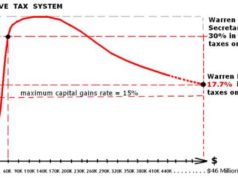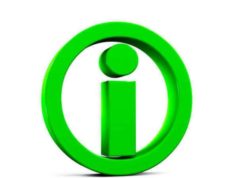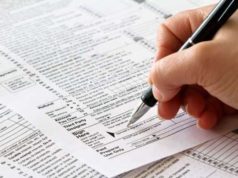
The Most Important Income Tax Forms: A Guide for Taxpayers
When it comes to filing your taxes, it can be overwhelming to know which forms you need to use. With so many different forms available, it can be difficult to figure out which ones are the most important. In this guide, we will walk you through some of the most important income tax forms that taxpayers need to know.
Form W-2
Form W-2 is one of the most important income tax forms that taxpayers receive. This form is used to report the wages you earned from your employer over the course of the year. This form also reports the amount of federal, state, and Social Security taxes that were withheld from your paycheck throughout the year.
Form 1099
Form 1099 is another important income tax form that taxpayers need to know about. This form is used to report income that is not earned through regular employment. This could include income from freelance work, investments, or other sources. There are several different varieties of Form 1099, depending on the type of income you received.
Form 1040
Form 1040 is the standard income tax form used by taxpayers to report their income to the IRS. This form can be used by taxpayers with a variety of different income sources, from regular employment to investment income. This is the form that taxpayers will use to calculate their total tax liability for the year.
Form 1040-ES
Form 1040-ES is an important form for taxpayers who are self-employed or who receive income that is not subject to withholding. This form is used to estimate how much tax you will owe for the year and to make quarterly payments to the IRS throughout the year. This can help you avoid a large tax bill when you file your taxes in April.
Form 8863
Form 8863 is an important form for taxpayers who are claiming education-related tax credits. This form is used to calculate the amount of the credit that you are eligible for based on the expenses you paid for education-related expenses throughout the year.
Conclusion
Filing income taxes can be a complicated process, but understanding the most important income tax forms can make the process a little bit easier. Form W-2, Form 1099, Form 1040, Form 1040-ES, and Form 8863 are some of the most important income tax forms that taxpayers need to know about. By understanding these forms and how they are used, you can simplify the process of filing your taxes and ensure that you are reporting all of your income accurately.
What are the Necessary Income Tax Forms?
To legally and accurately file your Federal Income Taxes, you must obtain the necessary income tax forms from the Internal Revenue Service and your employer.
IRS Form 1040: The Form 1040 is the U.S. Individual Income Tax Return form. This Income Tax form is the starting point for the filing of individual Federal Tax returns to the Internal Revenue Service. Any full-time resident of the United States can use the standard Form 1040 to establish their taxable income. Those with uncomplicated tax returns; however, can file a simplified version of the form known as the 1040A or 1040EZ.
This form is typically suitable for individuals who contain no itemized deductions, no capital losses, and minimal complications in regards to credits or rebates. The IRS form 1040 contains two pages and 11 attachments known as schedules. The filing of the 1040 is required on April 15th of the taxable year. The schedules or attachments of the 1040 are as follows:
Schedule A: The individual taxpayer will itemize his or her allowable deductions against their income.
Schedule B: The individual taxpayer will record all interest and/or dividend income earned through investments. The filing is required if the individual receives more than $1,500 from these sources or if the individual holds certain foreign accounts.
Schedule C: This portion of the Form 1040 requires the taxpayer to list all income and expenses related to self-employment. This portion of the Form 1040 is required for sole proprietors.
Schedule D: Used to affirm capital gains and losses incurred during the taxable year.
Schedule E: This portion of the form is used to report income and expenses arising from income generated from the rental of real property, royalties, and from pass-through entities, such as trusts, partnerships, estates or S-Corporations
Schedule F: Portion of the Form 1040 used to report income and expenses related to farming.
Schedule H: Used to report taxes on help obtained from the employment of household aid.
Schedule J: Used when computing farm income over a period of three years
Schedule L: Portion of the Form used to compute an increased standard deduction
The form 1040A, which is the shorter version of the standard Form 1040 individual tax return form, is limited to taxpayers with a taxable income below $100,000. An individual taxpayer who uses this form can only obtain income from the following sources: wages, salaries, tips, interest and ordinary dividends, capital gains distributions, unemployment compensation, pensions, annuities, IRAs, taxable scholarships and fellowship grants, taxable social security and railroad retirement benefits.
The following forms are also required when filing your income taxes
Form 1041: The income tax form used by estates and trusts for tax returns
Form 1065: The income tax return form used by partnerships for tax returns
Form 1098: The income tax return form used to report interest that a taxpayer has paid on his or her mortgage. This interest is tax-deductible at the federal level.
Form 1099: A form offered by the Internal Revenue Service that is used in the United States income tax system to prepare and subsequently file an information return used to report various types of income obtained other than salaries, tips, and wages.





























